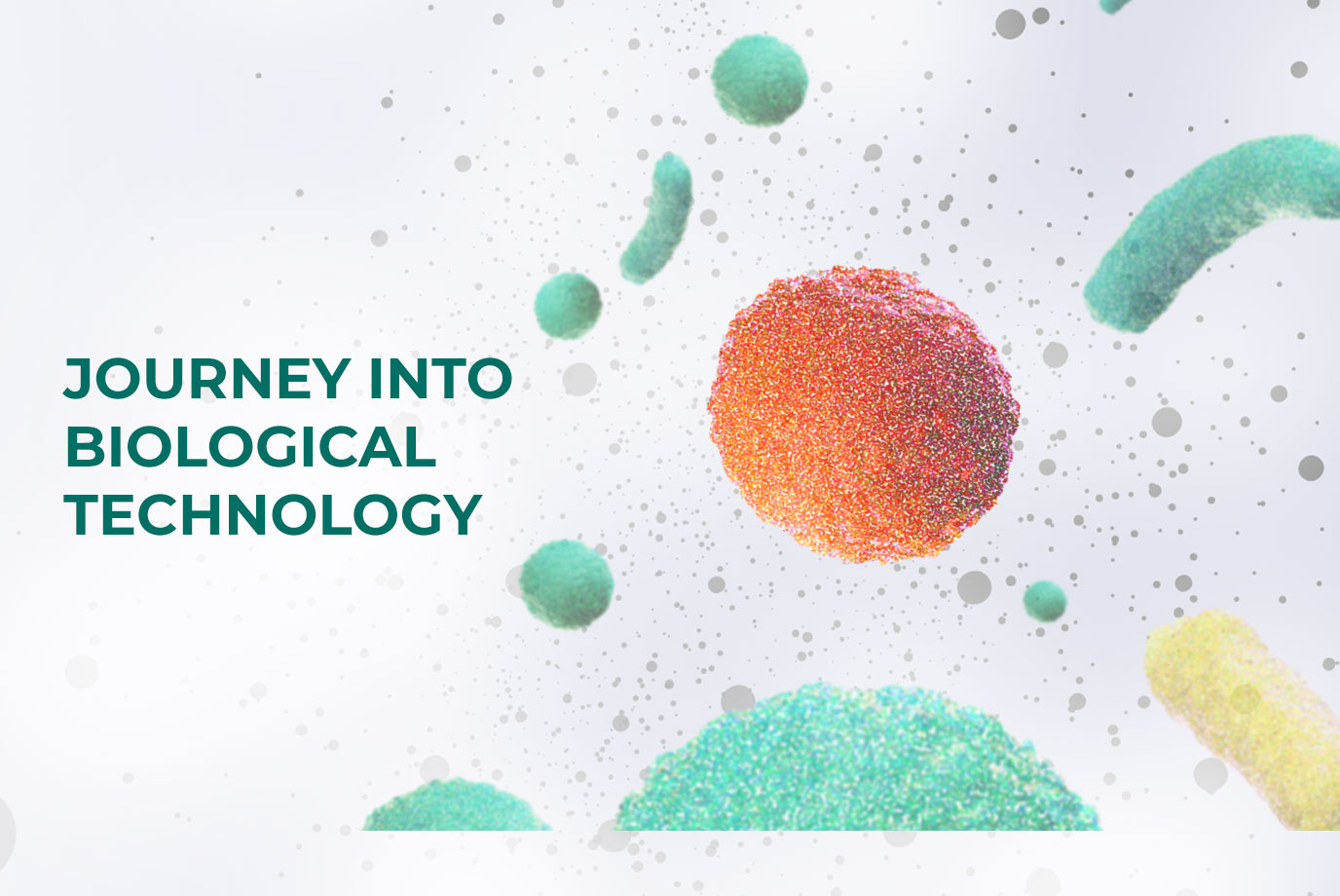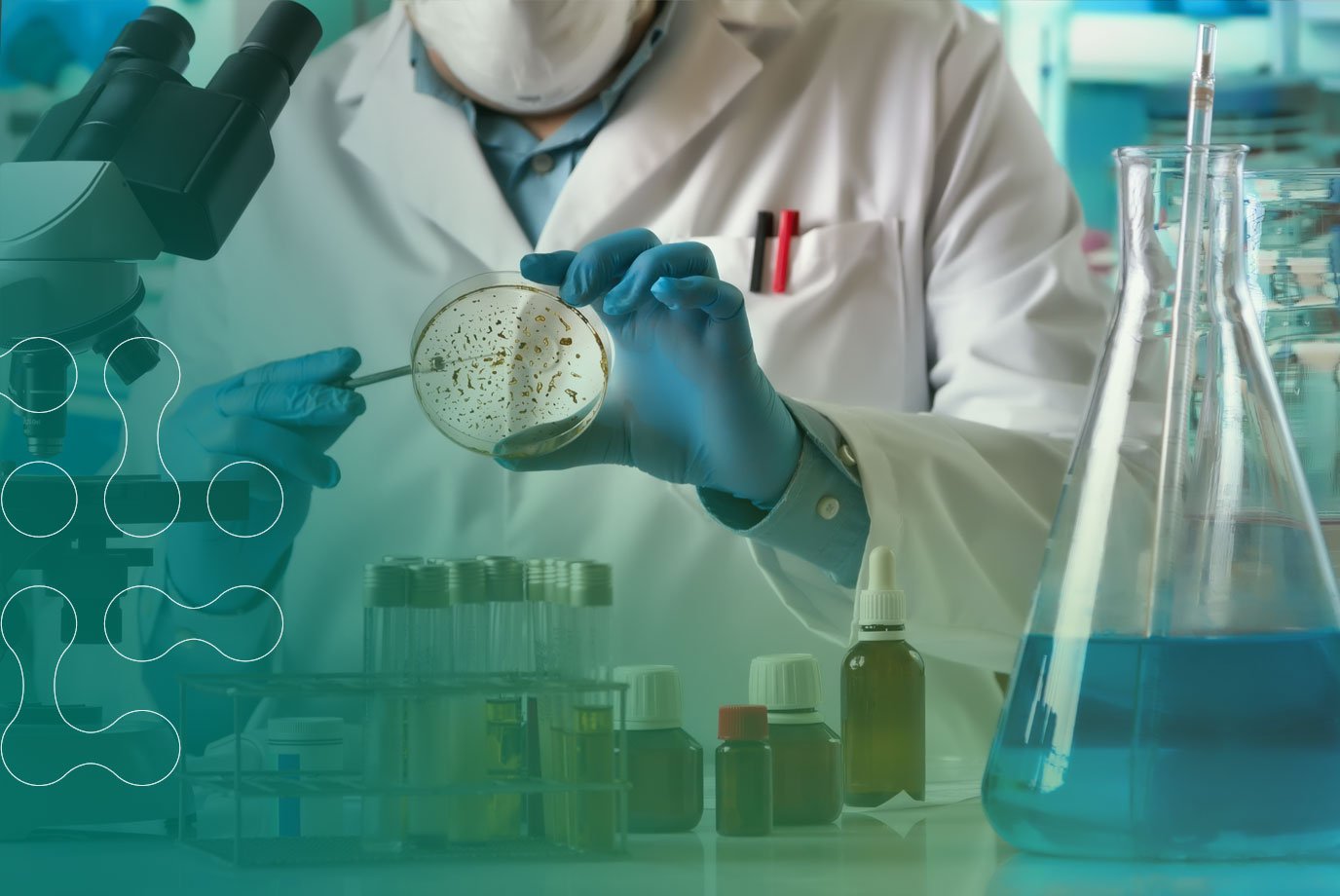When we think of E. coli , images of food poisoning and alarming news reports likely come to mind. Yet not all E. coli bacteria are the news-grabbing headline bugs they’re made out to be. Many strains are essential for a healthy digestive system.
This article aims to break down what the bacterium E. coli is, why some strains are beneficial, which ones pose a health risk, our current outbreak, and what responsibility food manufacturers and the public have to prevent food-borne outbreaks.
For a quick guide here's how this article is broken down:
- What is E. coli?
- The Unwanted E. coli
- How Does E. coli Infection Occur?
- Preventative Measures
- Current Outbreak
- Criticisms of Chemical Washes and Food Production
- Natural Salad Wash
What is E. coli?
When many of us think of E. coli, we often think back to the outbreaks reported in the media, which highlight a food-related bug causing numerous upset stomachs. However, in reality, not all E. coli bacteria are harmful. Escherichia coli (E. coli) has over 700 different identified serotypes (variations of the bacteria), many of which are harmless and essential for a healthy intestinal tract.
Commonly found in the intestines of humans and animals, E. coli plays a vital role in promoting a healthy gut microbiome. This beneficial bacterium helps produce vitamin K, necessary for blood clotting and wound healing, and various B vitamins, with this healthy gut microbiome, it has been linked to improved immune systems, brain health, metabolism, and ironically the prevention of severe illness from harmful germs.
Yet, when many of us hear the word, E. coli we don't think of the helpful gut bacteria, but ones that have an unwanted impact on human health.
The Unwanted E. coli
Despite the many beneficial strains of E. coli, there are a few that can cause serious illness. For instance, six serotypes of E. coli, such as ETEC (Enterotoxigenic E. coli), EAEC (Enteroaggregative E. coli), and the current outbreak strain, STEC (Shiga Toxin-producing E. coli), are known to cause diarrhoea. These harmful strains, though a smaller percentage of the E. coli family, are what most people think of when considering E. coli, as they can lead to symptoms ranging from diarrhoea, UTIs, and pneumonia, to sepsis, kidney damage, and more.
How Does E. coli Infection Occur?
While many of us are familiar with the effects of E. coli, common points of origin and methods of infection are less well known. The most common way to be infected by E. coli is through ingesting these harmful strains. This can happen quite easily during an outbreak.
As E. coli is typically found in the gut, E. coli is passed into faeces. Although we go out of our way to avoid consuming faeces, processes such as using fertiliser to enhance soil nutrients can introduce E. coli into our food chain. Contaminated water, sewage overflows, and faecal particles in swimming pools can also contribute to the spread. Additionally, eating undercooked meats, drinking unpasteurised beverages (such as cider, juice, or milk), or touching a contaminated surface and then touching your mouth are other common ways of infection.
Unlike many bacteria, a person only needs to ingest a small amount of contaminated material for symptoms like diarrhoea , fever, and vomiting, to come into effect.
Preventative Measures
To prevent outbreaks, manufacturers and systems for public health rely on chemicals like chlorine to kill E. coli in our foods, and water systems also often use chlorine, ultraviolet light, or ozone (an oxidizing agent added to water) to kill E. coli, but prevention also relies on individual actions:
- Handle food safely by washing items and following standard food safety guidance.
- Wash hands regularly.
- If you experience symptoms, stay at home until 48 hours after they stop.
Current Outbreak
As of mid-2024, there has been a current outbreak of E. coli, resulting in numerous illnesses and one reported death. While past E. coli outbreaks were often linked to contaminated beef, recent outbreaks, including the current one, have been traced back to unwashed produce, such as lettuce.
The current strain, Shiga toxin-producing E. coli (STEC) O157, traditionally found in the intestines of grazing animals, like cattle, deer, goats, sheep, etc., causes foodborne illness when our food or water sources are contaminated with their manure. This strain has been documented since the 1980s when the media referred to it as "the burger bug" when meat preferences like rare became the standard. This strain is a common cause of E. coli outbreaks, resulting in approximately 100,000 illnesses, 3,000 hospital admissions, and 90 deaths annually in the USA.
STEC produces the toxin Shiga that stops protein synthesis within target cells, to help the bacteria evade the immune system and more effectively colonise/infect the area. The release of Shiga toxin causes severe inflammation and a range of complications including bloody diarrhoea, haemorrhagic colitis, haemolytic-uremic syndrome, kidney failure and neurological issues.
The symptoms of STEC O157, including stomach cramps, fever, and vomiting, can last up to two weeks. Although usually not deadly, the current outbreak has led to:
- 91 cases in England
- 62 cases in Scotland
- 31 cases in Wales
- 4 cases in Northern Ireland (with evidence suggesting these infections were acquired in England)
Based on data from 263 cases to date, 49% were admitted to hospital, and one death has been officially reported. The source of this outbreak has been linked to contaminated lettuce used in supermarket meal deals. Although food manufacturers and agriculturalists take measures to prevent foodborne illnesses, such as using water and chlorine to disinfect produce, consumers, and businesses that handle foods are still urged to wash produce before eating.
Criticisms of Chemical Washes and Food Production
There has been criticism and concern regarding the reliance on chlorine washes in food production. The EU believes that chlorine washes at the end of the meat production process could be compensating for poor hygiene standards earlier in the process. Additionally, consumers are worried about the potential impact of these chemicals on the nutritional value of food.
Beyond these immediate concerns, the environmental impact of chlorine is significant, with links to water pollution, ozone layer depletion, high carbon dioxide emissions, and acid rain.
Natural Salad Wash
To assist with food safety, Biological Preparations has developed a natural salad wash that effectively removes bacteria and other contaminants from fresh fruit and vegetables without the use of chlorine or other traditional chemicals. A completely natural salad wash, produced by fermentation, tests have shown that it removes 94% of E. coli from lettuce in 2 minutes.
If you are interested in learning more about this product, reach out to our team here.




